“Religious Tourism at China's Spiritual Sites”
A Fulbright research grant

Performers during the Buddha's Birthday Festival - Kangding, Sichuan Province
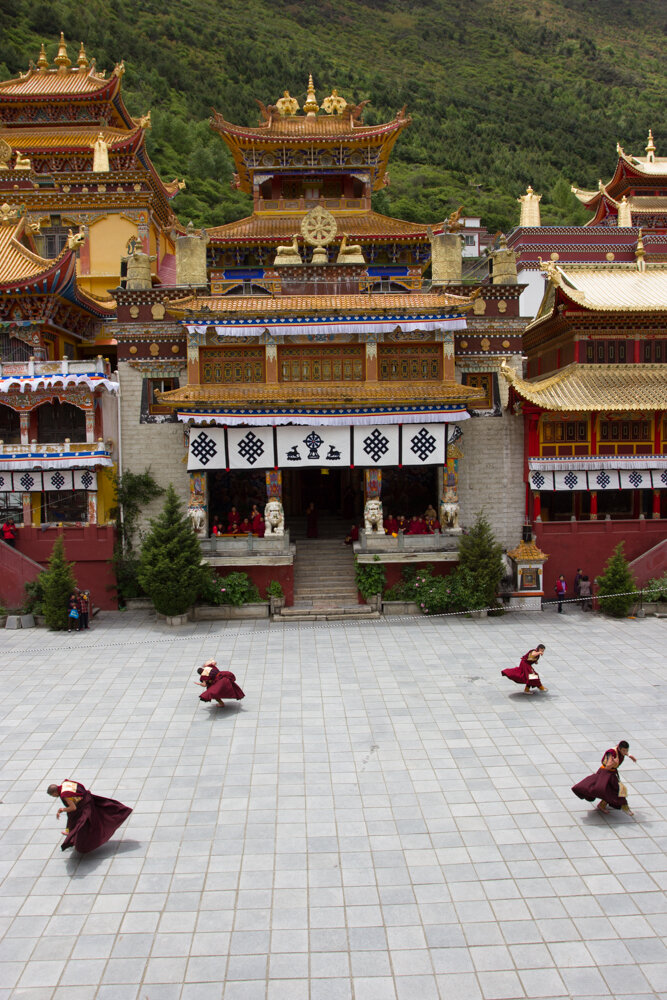
Monks performing at Nanwu Temple during Buddha's Birthday - Kangding, Sichuan Province

Monks setting up the stage for the Buddha's Birthday Festival - Kangding, Sichuan Province

Nanwu Temple - Kangding, Sichuan Province
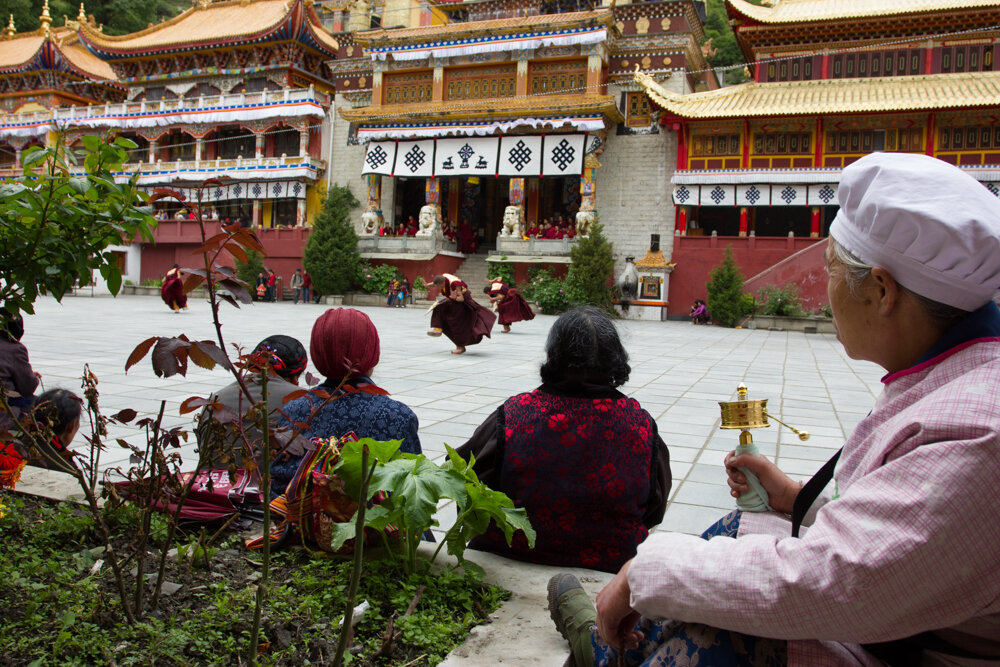
Visitors at Nanwu Temple - Kangding, Sichuan Province
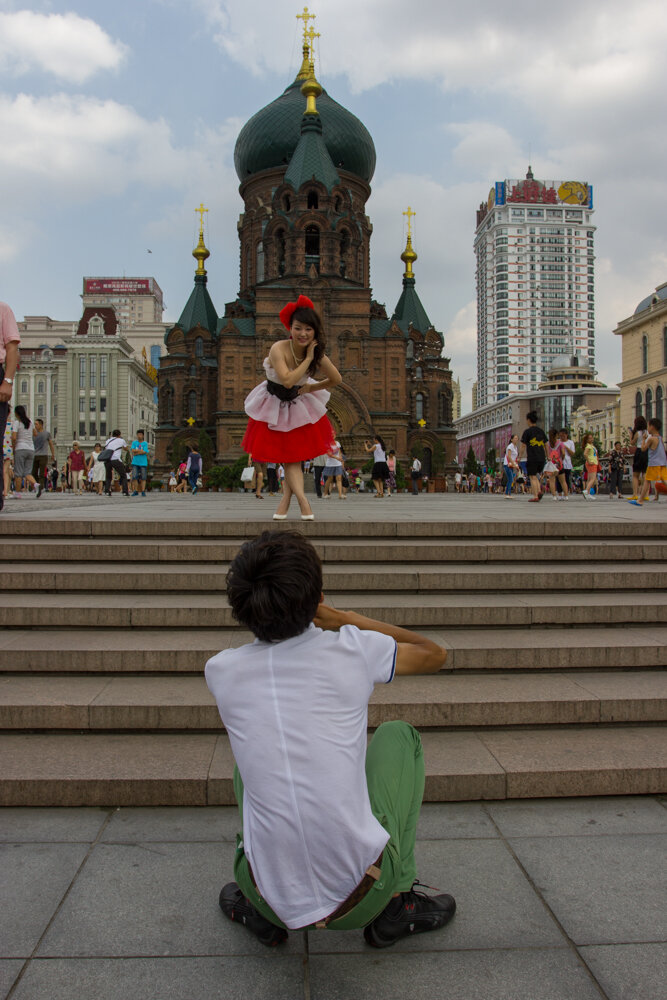
Tourists at Saint Sophia Cathedral - Harbin, Heilongjiang Province

Sand Mandala at Tagong Monastery - Tagong, Sichuan Province

Visitors at Tagong Monastery - Tagong, Sichuan Province

Visitors at Lingyin Temple during Chinese New Year - Hangzhou, Zhejiang Province
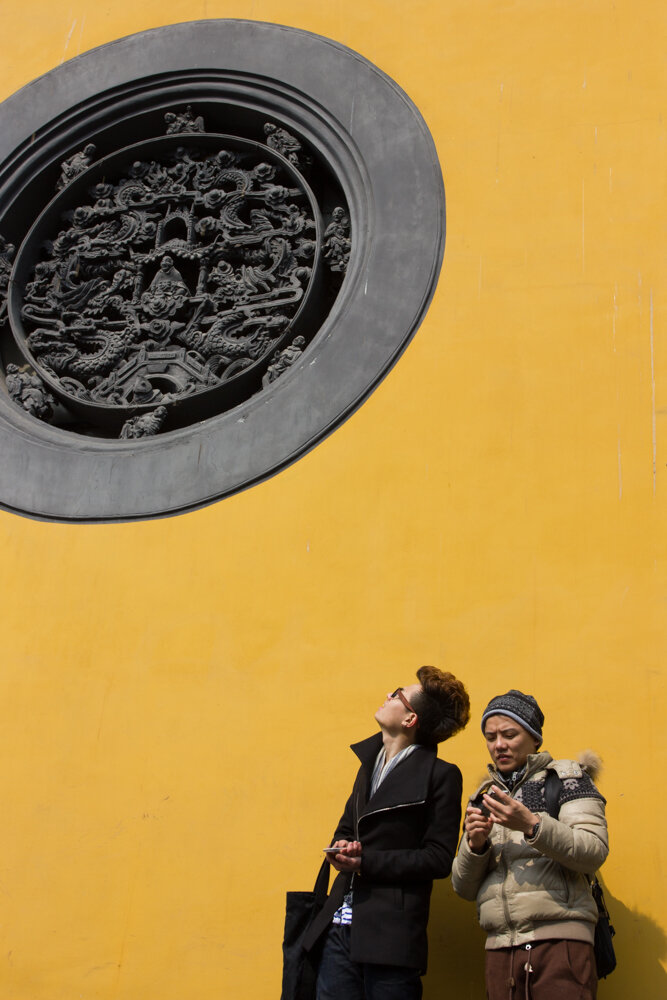
Visitors at Lingyin Temple during Chinese New Year - Hangzhou, Zhejiang Province

Visitors at Lingyin Temple during Chinese New Year - Hangzhou, Zhejiang Province
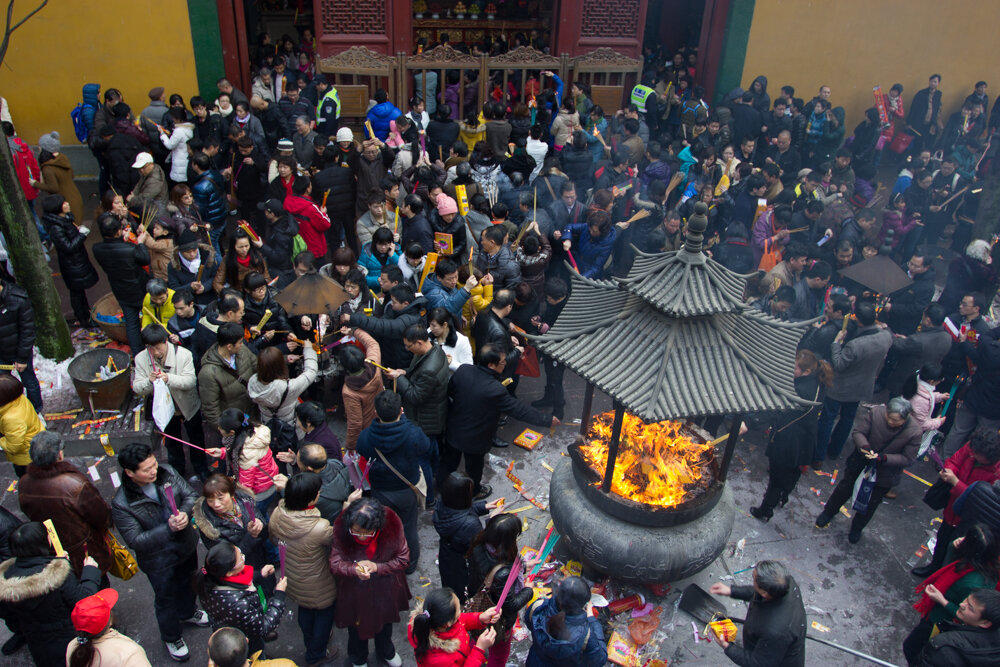
Visitors at Lingyin Temple during Chinese New Year - Hangzhou, Zhejiang Province
In less than a generation’s time, China has lifted millions of people out of poverty and made certain strides toward greater social tolerance and personal liberties. These liberties include not only the right to worship, but also the right to profit from venues of worship. The People’s Republic of China officially recognizes five religions: Buddhism, Taoism, Islam, and Christianity treated as two faiths, Catholicism and Protestantism. Currently, The central government has identified and designated over 130,000 sacred sites for commercial purposes. In particular are Taoist and Buddhist settings, which have been noted as hallmarks for generating tourist revenue due to their dynamic imagery and sentiments of Chinese antiquity. Similar to nations throughout both the developing and developed world, China is balancing its perspectives on authenticity and preservation with regard to tourist institutions. This study of sustainable tourism at China's spiritual sites offers a glimpse into some of the country's modernization efforts, across both vast geography and socio-economic stratums.How is this multi-billion dollar industry supplying new sources of income to help stimulate village economies? How are affluent urbanites subscribing to this newly made available brand of recreation? Does a temple admission fee augment homage? Does a gondola to the top of a holy mountain count as a green initiative? And most importantly perhaps, how does a communist government and self-described atheist state promote the capitalization of its spiritual institutions?In less than a generation’s time,
China has lifted millions of people out of poverty and made tremendous strides toward greater social tolerance and personal liberties. These liberties include not only the right to worship, but also the right to profit from venues of worship. The People’s Republic of China officially recognizes five religions: Buddhism, Taoism, Islam, and Christianity treated as two faiths, Catholicism and Protestantism. Currently, The central government has identified and designated over 130,000 sacred sites for commercial purposes. In particular are Taoist and Buddhist settings, which have been noted as hallmarks for generating tourist revenue due to their dynamic imagery and sentiments of Chinese antiquity. Similar to nations throughout both the developing and developed world, China is balancing its perspectives on authenticity and preservation with regard to tourist institutions. This study of sustainable tourism at China's spiritual sites offers a glimpse into some of the country's modernization efforts, across both vast geography and socio-economic stratums.
How is this multi-billion dollar industry supplying new sources of income to help stimulate village economies? How are affluent urbanites subscribing to this newly made available brand of recreation? Does a temple admission fee augment homage? Does a gondola to the top of a holy mountain count as a green initiative? And most importantly perhaps, how does a communist government and self-described atheist state promote the capitalization of its spiritual institutions?
In less than a generation’s time, China has lifted millions of people out of poverty and made tremendous strides toward greater social tolerance and personal liberties. These liberties include not only the right to worship, but also the right to profit from venues of worship. The People’s Republic of China officially recognizes five religions: Buddhism, Taoism, Islam, and Christianity treated as two faiths, Catholicism and Protestantism. Currently, The central government has identified and designated over 130,000 sacred sites for commercial purposes. In particular are Taoist and Buddhist settings, which have been noted as hallmarks for generating tourist revenue due to their dynamic imagery and sentiments of Chinese antiquity. Similar to nations throughout both the developing and developed world, China is balancing its perspectives on authenticity and preservation with regard to tourist institutions. This study of sustainable tourism at China's spiritual sites offers a glimpse into some of the country's modernization efforts, across both vast geography and socio-economic stratums.How is this multi-billion dollar industry supplying new sources of income to help stimulate village economies? How are affluent urbanites subscribing to this newly made available brand of recreation? Does a temple admission fee augment homage? Does a gondola to the top of a holy mountain count as a green initiative? And most importantly perhaps, how does a communist government and self-described atheist state promote the capitalization of its spiritual institutions?
